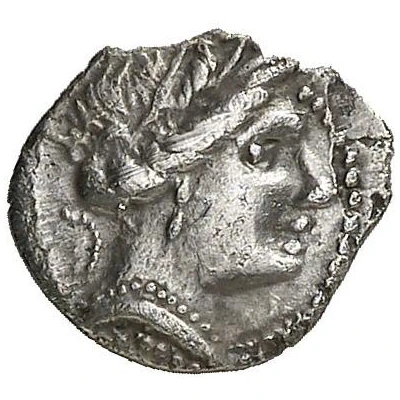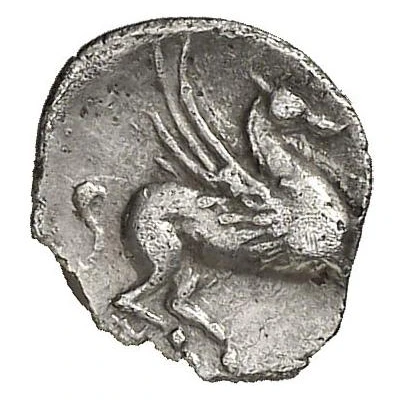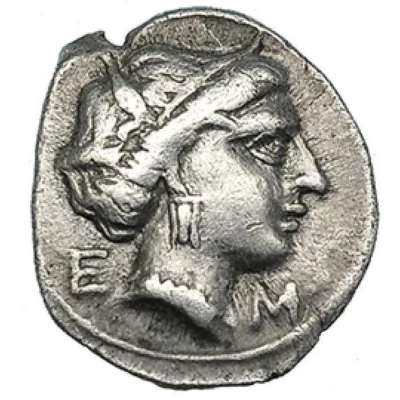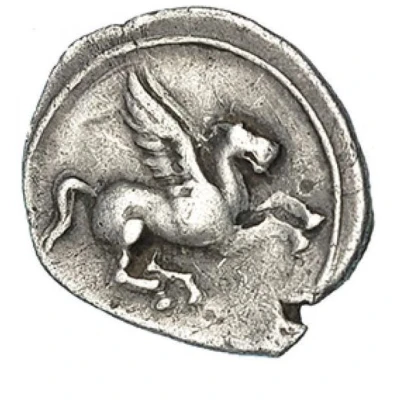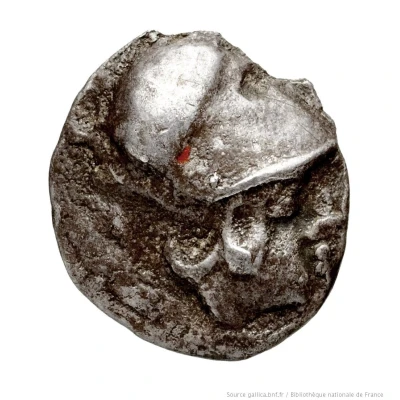
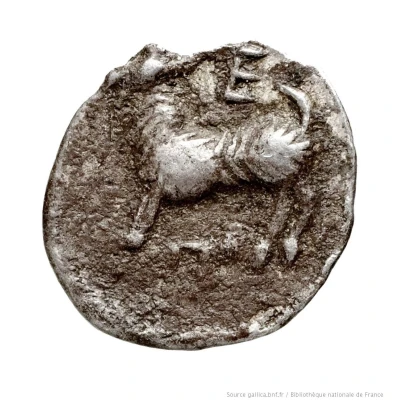

© Bibliothèque nationale de France / Gallica
Obol Goat 450 BC - 350 BC
| Silver | 0.68 g | 10 mm |
| Issuer | Emporion (Hispania) |
|---|---|
| Type | Standard circulation coin |
| Years | 450 BC - 350 BC |
| Value | Obol (⅙) |
| Composition | Silver |
| Weight | 0.68 g |
| Diameter | 10 mm |
| Shape | Round (irregular) |
| Technique | Hammered |
| Orientation | Variable alignment ↺ |
| Demonetized | Yes |
| Updated | 2024-10-10 |
| Numista | N#329374 |
|---|---|
| Rarity index | 100% |
Reverse
Goat standing left, first letter of issuer's name above.
Script: Greek
Lettering: E
Unabridged legend: Ἐμπόριον
Translation: Emporion
Comment
The reverse sometimes features what appears to be a remnant of the letter M under the goat, which would correspond to the second letter of the issuer's name.Interesting fact
The Obol (Goat) coin was used as a form of currency in the ancient Greek city of Emporion, located in what is now modern-day Spain, during the 4th century BC. The coin features an image of a goat on one side and a helmeted head on the other, and was made of silver. Despite its small size, weighing only 0.68 grams, the coin played an important role in the economy of the city and surrounding regions. It was used to purchase goods and services, and its value was widely recognized and accepted. The Obol (Goat) coin is a fascinating piece of history that provides insight into the trade and commerce practices of ancient civilizations.
